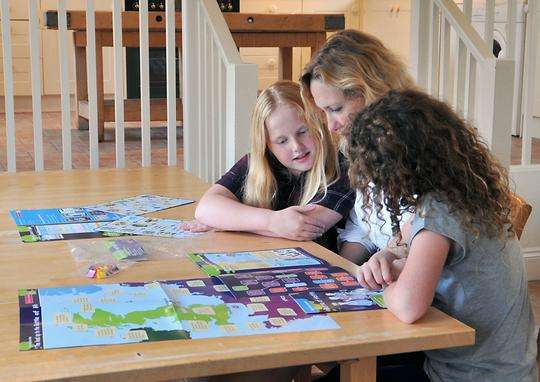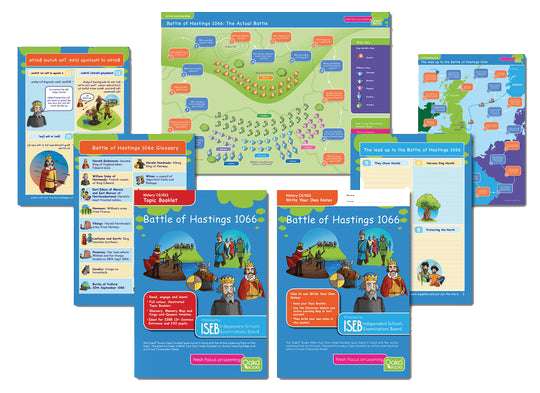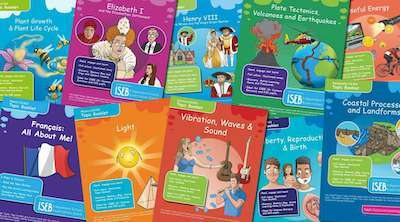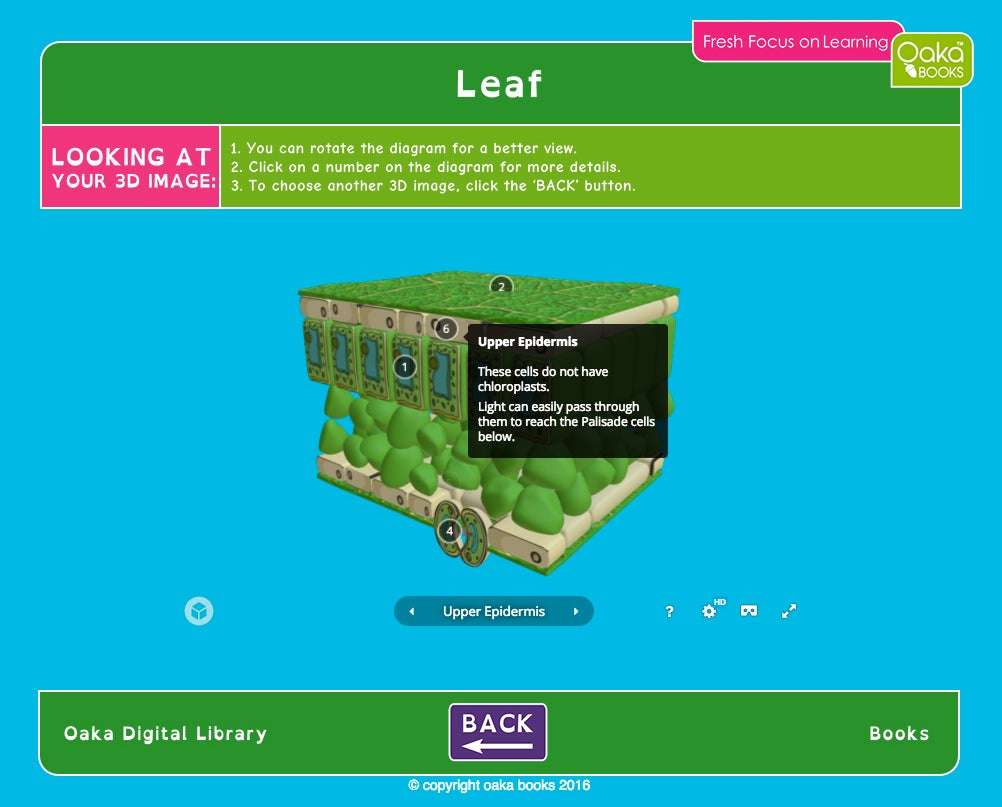Literacy is a foundation that the education system, and everyday life, is built on. It is emphasised so much at school because it is so important and has knock-on effects to the rest of the curriculum. When it comes to dyslexic children who struggle with their reading, we make that the goal. There’s an assumption that once reading is achieved, at the correct level, then the dyslexia becomes irrelevant.
While learning to read, and having good levels of literacy, are undoubtedly important, I don’t believe this is the whole solution.
So much energy is devoted to dyslexic students to get their reading levels up as a difficulty with reading is the most well-known and immediately obvious sign ,of dyslexia. We know it has a huge impact on their academic and life prospects. Reading and writing is a major focus of schooling for all pupils, and, rightly so.
But, once a dyslexic pupil is reading, that is far from the end of their struggles.
For people who read fluently and effortlessly it can be hard to appreciate. For a dyslexic child reading isn’t a fluid scan across a page but a battle with every letter and word. The time, energy, and concentration it takes to read is frustrating and tiring. Reading and writing will probably remain slower and more difficult for the rest of their lives. Processing and comprehension can be slow and painful.
Some dyslexic people describe visual effects of letters moving around. Spelling remains a challenge and neat handwriting takes more effort than their peers. It’s common for some letters to be written backwards, such as mixing up a b and a d.
There are also other effects of dyslexia completely unrelated to reading. Dyslexic children might struggle with planning and organisation or find it hard to retain a series of instructions, losing their thread part way through. The effects of struggling with parts of their classwork can sometimes include difficulty in maintaining concentration which can result in lost confidence and poor behaviour. The knock-on effects of dyslexia can be huge.
Dyslexic children need support beyond reading
The ability to read is important but mastering reading doesn’t mean that a child’s dyslexia is now irrelevant. It will remain a factor for the rest of their education and the rest of their lives. Dyslexia cannot be mended. Primarily, because a dyslexic is not broken, but it does need to be worked ‘with’.
Children with dyslexia who can read will benefit from specific resources designed for them. Because reading is such hard work they respond well to visuals such as illustration and pictures. Large chunks of text are overwhelming and off-putting. So their resources need to be catered specifically to children with dyslexia to keep them engaged. Small amounts of information on a page, reduced distractions, clear page layouts and huge amounts of repetition in different ways all create the scaffolding a dyslexic child needs in order to thrive in the classroom.
Dyslexic pupils often have good creativity and problem-solving abilities. They can respond well to puzzles as a way to take in new information and prove what they know. Quizzes in a verbal format rather than written are often successful and give students the chance to shine without the stress of needing to read and write.
These are the resources provided by Oaka Books. Revision guides and topic packs for every stage and area of the curriculum that are specially designed for dyslexic students and visual learners. All aspects of the dyslexic learners needs are addressed – not simply difficulty reading. By making all the topics accessible and continuing support through the key stages the specific needs of dyslexic children are addressed beyond just literacy. And that, I believe, is what we need to be aiming for in every classroom.





